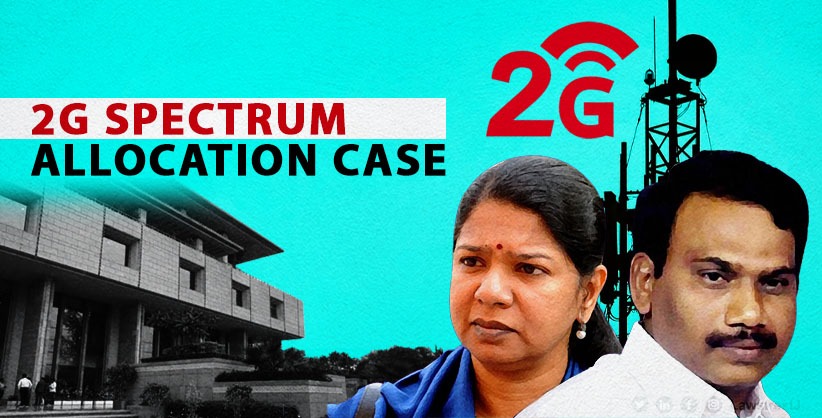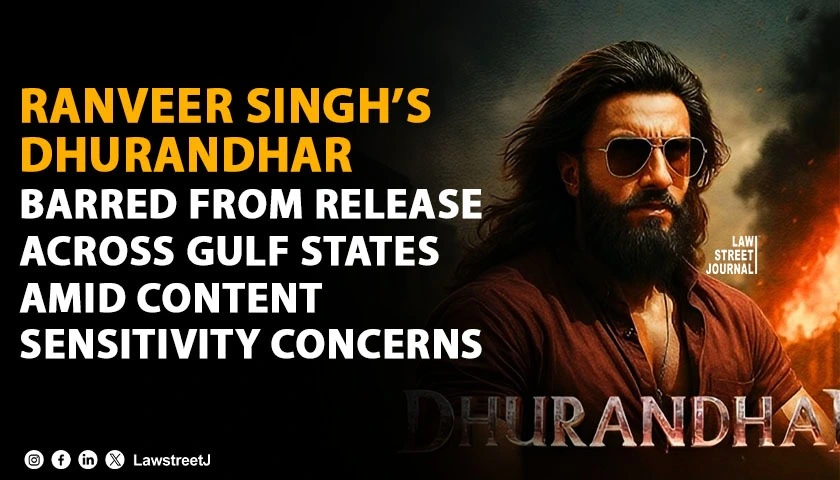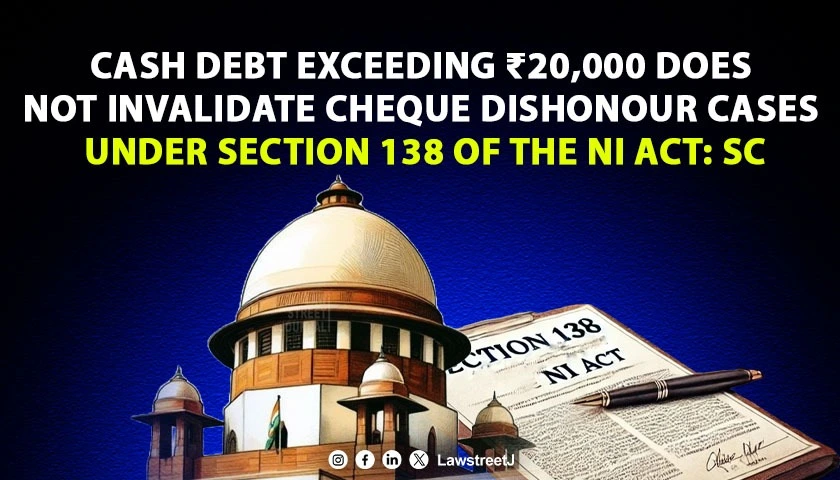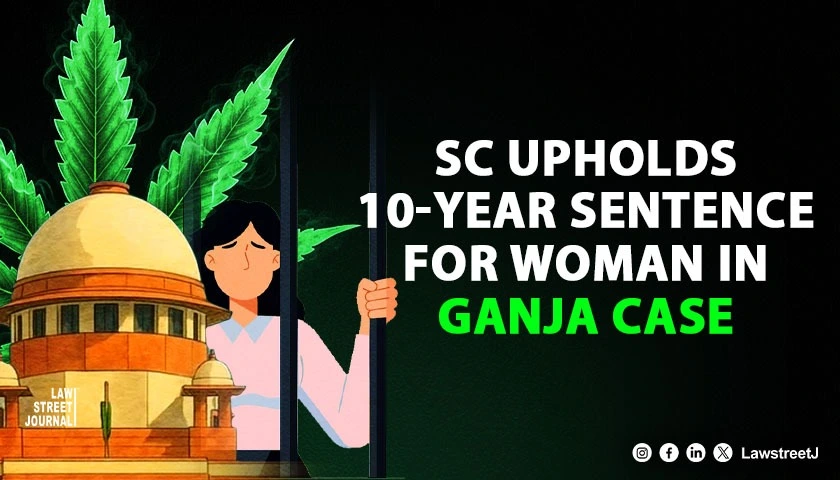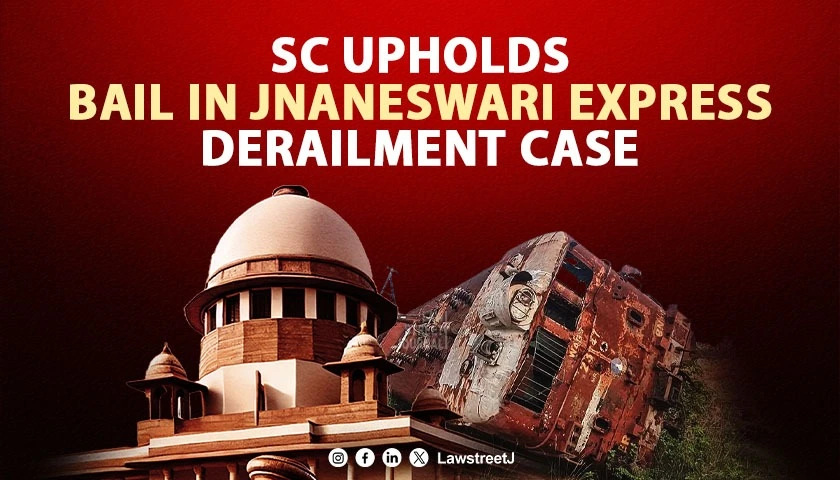New Delhi: The Delhi High Court has ruled that documents given higher preference for determining a victim’s age under the Juvenile Justice Act should not be accepted as “gospel truth” when their contents appear shaky, suspicious, or unconvincing, emphasizing that the cause of justice must ultimately prevail.
A Division Bench comprising Justice Vivek Chaudhary and Justice Manoj Jain made these significant observations while acquitting an accused convicted under the POCSO Act and IPC provisions, after finding that the victim was major at the time of the alleged incident and that the case appeared to be one of consensual elopement rather than kidnapping.
The court addressed a plea challenging the conviction under Section 4 of the Protection of Children from Sexual Offences Act, 2012 (POCSO Act), and Sections 363, 366, and 376 of the IPC, along with the consequent sentence order dated July 25, 2020.
The case originated from an FIR registered on June 21, 2014, when the father of the victim (referred to as “Miss A”) reported that his 14-year-old daughter was missing and suspected she had been enticed away by the accused Raju. The FIR was registered under Section 363 IPC and investigation was initiated. Eventually, on July 6, 2014, the father of the accused produced both his son and Miss A before the police.
The victim’s statement was recorded under Section 164 Cr.P.C., and she was medically examined and produced before the Child Welfare Committee (CWC), which directed her custody to be handed over to her parents. Due to lack of clarity about her exact age, the CWC directed a bone age ossification test, which indicated her age to be between 17 to 18 years.
After investigation, a chargesheet was filed, and the accused was charged with offences under Sections 363, 366, and 376 of the IPC, and Section 4 of the POCSO Act. The prosecution examined 18 witnesses to substantiate the charges, while the accused pleaded innocence and claimed false implication.
The Trial Court concluded that Miss A was a minor at the time of the alleged occurrence on June 20, 2014, and that she had been forcibly taken away by the accused with the intention of subjecting her to illicit intercourse and forcible marriage. The accused was sentenced to life imprisonment under Section 4 of the POCSO Act, seven years under Section 363 IPC, and ten years under Section 366 IPC, with all sentences to run concurrently. The court also directed compensation of ₹5,00,000 to the victim.
On appeal, the defense counsel argued multiple grounds, primarily contesting the determination of the victim’s age and the nature of the alleged offence. The counsel pointed out critical inconsistencies: the school record showed her date of birth as February 10, 2004, which would make her only 10 years old at the time of the incident—contradicting the FIR, which mentioned her age as 14 years. Additionally, when Miss A appeared before the Metropolitan Magistrate for recording her statement under Section 164 Cr.P.C., she herself gave her age as 19 years.
The Court carefully analyzed the legal framework for age determination under the Juvenile Justice (Care and Protection of Children) Act, 2000 and Rules, 2007. The court noted that as per Rule 12, preference must be given in the following order: first, matriculation or equivalent certificate; second, date of birth certificate from school; third, birth certificate from corporation/municipal authority/panchayat; and lastly, medical opinion through bone age ossification test.
However, the court emphasized a crucial caveat, stating, “There is no absolute rule that the document, having higher preference, has to be taken as a gospel truth, even if it is found to be somewhat shaky, suspicious or unconvincing.”
The court relied on the Supreme Court’s judgment in Suresh vs. State of Uttar Pradesh and Anr. (2025 SCC OnLine SC 1579), which held that “though the issue of juvenility, indubitably and primarily has to be determined as per the relevant provisions of the Juvenile Justice Act and the Rules framed thereunder, as applicable at the relevant time, yet under appropriate circumstances and with justifiable reasons, the Court examining the issue has the discretion to take other relevant materials and factors into account, for ultimately the cause of justice has to prevail.”
The High Court also referred to Madan Mohan Singh vs. Rajini Kant (2010) 9 SCC 209, where the Supreme Court observed that while a document may be admissible, whether the entry contained therein has probative value must be examined in the facts and circumstances of each case. The Supreme Court held that for determining age, the best evidence is of parents if supported by unimpeachable documents, and school register entries can be discarded if belied by unimpeachable evidence.
The High Court found critical flaws in the school record. The bench observed, “If such date of birth of school record is assumed to be true, she was only ten years of age when she had gone missing. It does not synchronize with the age given in the FIR.” The parents themselves deposed that she was 13 or 14 years of age at the time of the alleged incident.
Significantly, the court noted that the age recorded in school was based merely on an affidavit furnished by the father, not on any hospital record or municipal birth certificate. The father had stated in his affidavit (Ex PW9/B) that he had no documentary proof of her age. However, in cross-examination, he created a “flutter” by deposing that birth certificates of all his children, as prepared by the MCD, were lying in his home, which contradicted his own affidavit. Crucially, no such birth certificate was ever produced.
The court strongly criticized the Trial Court’s approach, observing, “While, in a way, dumping the school record, the learned Trial Court gave preference to the oral deposition of ‘Miss A’ and her parents and, believing such oral testimony, concluded that her age was 14 years at the time of offence. Such approach was not appropriate from any angle whatsoever.”
The High Court held that if the Trial Court had rejected the school record, it should have fallen back on the bone age ossification test report instead of giving preference to oral testimony. The ossification test conducted by Safdarjung Hospital found her radiological bone age to be more than 17 years and less than 18 years.
The court applied the principle established in its earlier judgment in Court on its Own Motion vs. State of NCT of Delhi (2024 SCC OnLine Del 4484), which held that in sexual assault cases where age is determined through bone age ossification report, the upper age given in the reference range should be considered, and a margin of error of two years must be further applied.
The court therefore emphasized, “Since the school record had been, virtually, disbelieved and discarded by the learned Trial Court and no Birth Certificate given by any Corporation or Municipal Authority or Panchayat was ever produced, the age was required to be determined on the basis of ossification report. While taking into consideration any such ossification report, the benefit of margin of error of two years was also required to be applied and, therefore, clearly, ‘Miss A’ was major at the time when she had gone missing from her house.”
The court also examined whether the case involved kidnapping or consensual elopement. Miss A had testified that her mouth was tied and she was taken in a car/autorickshaw, then to the station in a train to the accused’s aunt’s house. However, the court found this testimony unconvincing, observing, “If the accused was having any malafide intention, he would not have dared to take her in a public transport under public gaze in broad daylight.”
The court noted that Miss A admitted in cross-examination that there were many passengers in the train and she did not raise any alarm. The court stated, “Though she volunteered that no such alarm was raised by her as the accused had threatened her, her such version does not seem to be realistic at all.”
Significantly, when her statement was recorded by NGO Prayas, she revealed that she knew the accused for one year and used to like him, that she knew he was earlier married and had a daughter, and that they used to meet without her family’s knowledge. The Prayas official observed that Miss A merely wanted to go back home and did not want any action against the accused.
The court emphasized, “If the accused had any malafide intention and wanted to kidnap her and take her away in a forcible manner, he would have, rather, done the same in a clandestine manner and would not have taken her in public transport to various places including Mathura and Chandigarh. Moreover, if, at all, the intention of the accused was other than bonafide, he would have certainly not taken her to the house of his own close relative, i.e., Mausi. Therefore, quite palpably, it seems to be a case of elopement and consensual relationship.”
The court noted that the victim went missing on June 20, 2014, and was brought back to Delhi by the accused’s father only on July 6, 2014—a gap of more than two weeks during which there was no protest from Miss A despite traveling in public transport through different cities.
The High Court relied on the Supreme Court’s judgment in Rajak Mohammad vs. State of Himachal Pradesh (2018) 9 SCC 248, where the prosecutrix moved freely with the accused for 12 days and, despite coming in contact with many persons, made no complaint, leading the Supreme Court to hold that the possibility of her being a consenting party could not be ruled out.
The court also cited State of Karnataka vs. Sureshbabu (1993 SCC OnLine SC 295), where the Supreme Court observed that when age is in doubt, the question of taking away from lawful guardianship does not arise.
In its final determination, the High Court held, “The cumulative impact of the material brought on record not only indicates ‘Miss A’ to be major at the relevant time, it also suggests that there was no act of kidnapping or abduction in a forcible manner.”
The bench concluded, “It would be highly unsafe to maintain conviction merely on the basis of testimony of Miss A, which does not inspire much confidence.” Accordingly, while granting the benefit of doubt to the accused, the appeal was allowed and the accused was acquitted of all charges.
The court directed the appellant to furnish a personal bond of ₹15,000 with one surety before the Superintendent Jail, undertaking to appear before the Supreme Court if any Special Leave Petition is filed against the judgment. The bond shall be effective for six months.
The court was informed that, unfortunately, Miss A had died due to electrocution in the intervening period. The victim’s counsel also raised a grievance that despite a categoric direction, the compensation amount had not been disbursed by the concerned DLSA.
Mr. Anwesh Madhukar, DHCLSC, with Mr. Ishat Singh Bhati, Ms. Prachi Nirwan, and Mr. Gaurav Chahal appeared for the appellant. Mr. Ritesh Kumar Bahri, APP, and Mr. Vinesh Kumar appeared for the State. Ms. Inderjeet Sidhu, DHCLSC, with Mr. Lalit Chaudhary and Mr. A. Atri, appeared for the victim.
Case Title: Raju vs. State (GNCT of Delhi)

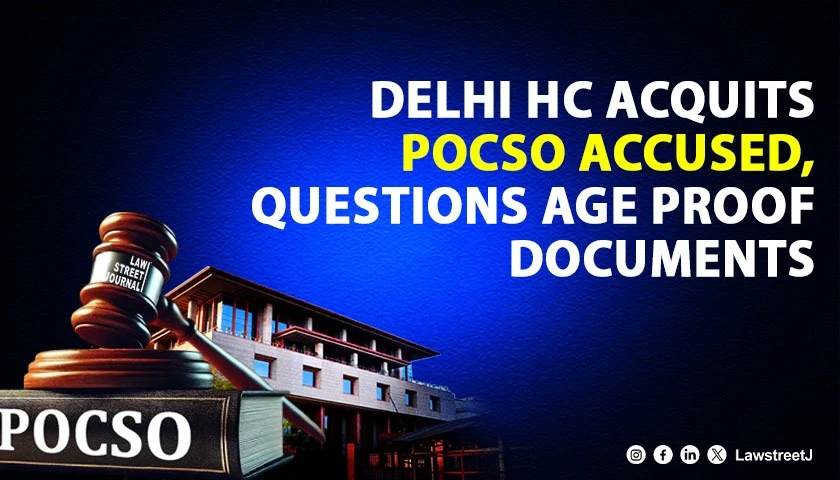

![Delhi High Court Sets Aside Arbitral Tribunal's Award Against NHAI in Highway Project Delay Case [Read Judgment]](/secure/uploads/2023/07/lj_9605_23374c2e-392c-4491-a2fe-f2f12fc5272f.jpg)
![Delhi Court Rejects Stay Request in Defamation Case Against Rajasthan CM Ashok Gehlot [Read Order]](/secure/uploads/2023/08/lj_5208_80de1ddc-d76a-4f7f-b180-408e3ae14fb4.jpg)
